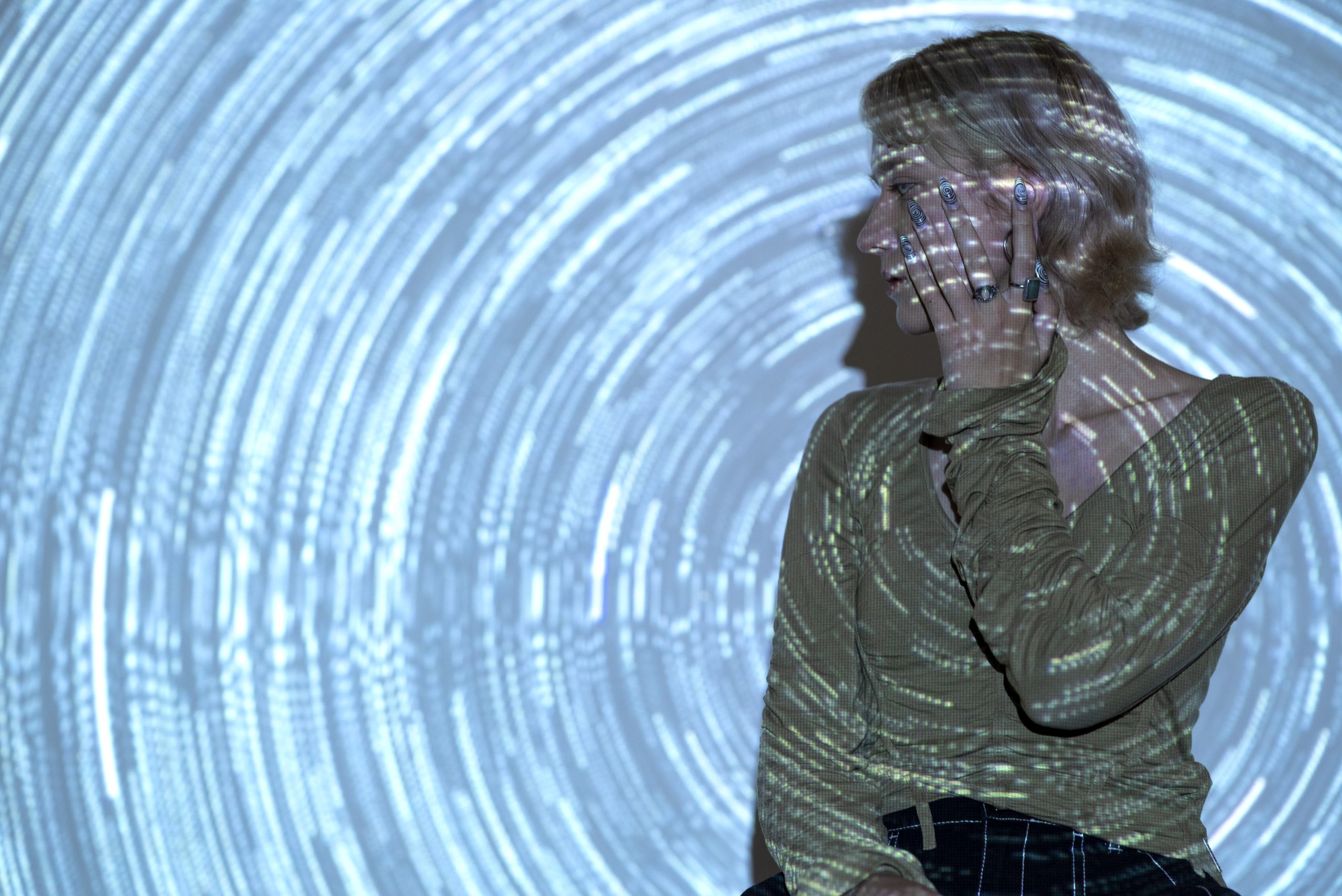Autism Spectrum Disorder (ASD) is a neurodevelopmental condition characterized by differences in social communication, sensory processing, and information processing. Individuals with ASD often experience the world in unique ways:
Literal thinking (“Break a leg!” might cause genuine concern)
Sensory sensitivities (where fluorescent lights feel like interrogation lamps)
Deep focus on specific interests (able to discuss train schedules for 3 hours straight)
Fun fact: When neurotypicals ask “How are you?” it’s a greeting. When autistics ask “How are you?” they actually want to know. Choose your conversational style wisely.
Core challenges of ASD
1. Social communication: the unwritten rulebook
“It’s like everyone got a secret social manual except me.”
- Difficulty interpreting facial expressions or tone of voice
- Preference for direct communication over implied meanings
- Brain science: The amygdala (emotional processor) shows atypical activation during social interactions
2. Sensory processing: when the world is too loud
“Going to the mall feels like walking into a heavy metal concert… at the dentist… during an earthquake.”
- Hypersensitivity to sounds, lights, textures, or smells
- May lead to meltdowns or shutdowns when overwhelmed
- Neurology: Sensory information isn’t filtered normally, causing sensory flooding
3. Need for routine: change = system error
“Changing the toothpaste brand is a capital offense.”
- Strong preference for predictable patterns and schedules
- Distress when routines are disrupted
- Cognitive basis: The prefrontal cortex struggles with cognitive flexibility
Support Strategies (or “how to avoid a meltdown in every 10 minutes”)
1. Visual Support: A Picture is Worth a Thousand Words
- What to Do : Use visual schedules, task lists (e.g., a “Morning Routine” series of pictures).
- How It Works : The ASD brain processes visual information more efficiently.
- Pro Tip : Pinterest = the holy grail for parents of autistic kids.
2. Sensory-free zone: the bunker
- How to create : Design a quiet, softly lit space (e.g., a tent in the bedroom, noise-canceling headphones).
- Science : Sensory breaks reduce cortisol levels.
- Meme reference : “Me escaping to my blanket fort like Homer into the bushes.”
3. Social stories™: the social handbook
- How to use : Comic-style stories that explain social situations (“How to Greet Someone”).
- Example : “If Anna says ‘wassup,’ it means ‘hi’—no need to report on your cat’s bowel movements.”
4. Omega-3 + saffron: brain superfuel
- DHA/EPA : Improves brain connections and reduces inflammation.
- Saffron : Boosts serotonin and improves mood.
- Dosage : 1000–2000 mg omega-3 + 30 mg saffron daily (consult a doctor).
5. Special Interests: Your Superpower
- How to Leverage : Connect their interest to learning or work (e.g., if trains fascinate them, teach physics through railway systems).
- Cultural Reference : “Sheldon Cooper from The Big Bang Theory isn’t a caricature—it’s a documentary.”
If the world feels overwhelming sometimes, remind yourself: You’re not broken. You’re playing a game where no one gave you the rulebook. And yet, you’re still ahead of everyone else.
ASD isn’t a list of defects—it’s an alternative operating system. While others run the Windows “small talk.exe” program, you:
- Hyperfocus like a quantum computer.
- Spot patterns no one else sees.
- Have humor as sharp as an inside joke only we get.
References:
- Lord, Catherine, et al. “Autism Spectrum Disorder.” Nature Reviews Disease Primers 6, no. 1 (2020): 1–23. DOI:10.1038/s41572-019-0138-4.
- American Psychiatric Association. Diagnostic and Statistical Manual of Mental Disorders (DSM-5). Washington, DC: APA, 2013. DOI:10.1176/appi.books.9780890425596.
- National Institute of Mental Health. “Autism Spectrum Disorder.” Accessed June 2023. https://www.nimh.nih.gov/health/topics/autism-spectrum-disorders-asd.




